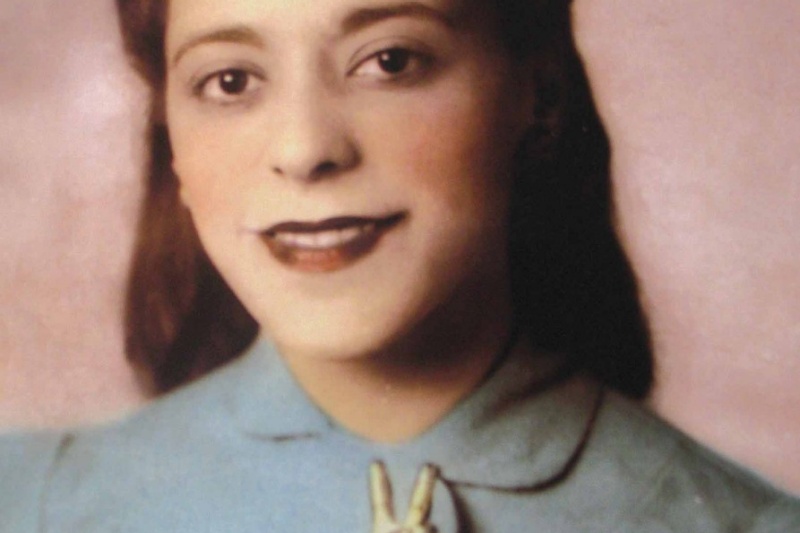
Viola Irene Desmond became a part of Canadian history for her defiant act in 1946 against a racist movie theater’s seating policy. While Desmond never saw justice during her lifetime, the country will honor her by making the late hairdresser and civil rights figure the face of its $10 bill.
Desmond was born July 6, 1914 in Halifax, Nova Scotia. She had dreams of becoming a hairdresser but local schools refused to teach Black students. Desmond was forced to move to Montreal, New York City, and Atlantic City to complete her training. She returned to Halifax and opened her own hairdressing business with her husband, Jack Desmond.
On November 8, 1946, Desmond’ car was giving her trouble while traveling to the city of New Glasgow. While awaiting the repair of her vehicle, Desmond decided to watch a movie at a local theater. Upon entering the theater, she was asked to leave her seat on the main floor and sit in the balcony section.
Unbeknownst to her, the theater had a segregation policy and even taxed Black patrons while giving them poorer seating than whites. She refused to leave her seat, was arrested and during the arrest, her hip was injured.
The local NAACP, at first reluctant to take on her case, began representing Desmond. The case made it to Nova Scotia’s Supreme Court but Desmond and her legal team were not successful. Almost 20 years later, Desmond died in 1965 while visiting New York. In 2010, the country pardoned Desmond posthumously.
This month, the country announced that Desmond will be the first woman to appear on Canadian currency, cementing her status as an important figure in Canada’s civil rights movement.
PHOTO: Public Domain
Like BlackAmericaWeb.com on Facebook. Follow us on Twitter.
Little Known Black History Fact: Viola Desmond was originally published on blackamericaweb.com















